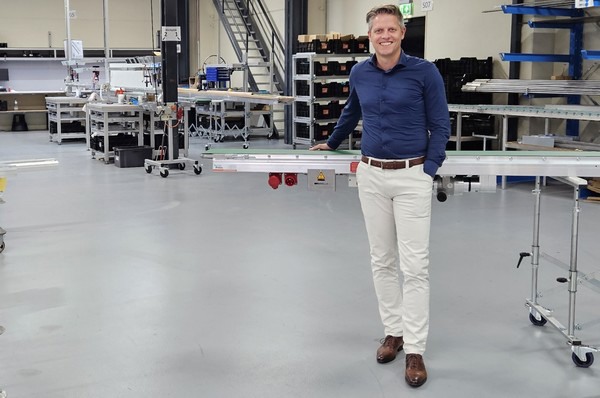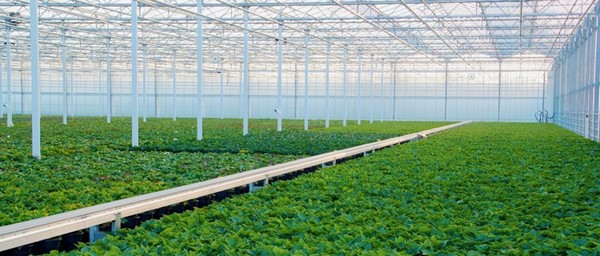Since 2022, commodity and wage prices have risen significantly. Few companies/sectors are not affected by this. The question is what you can and which costs you want to pass on to your customer.
"An interesting question," responds Marvin de Klerk, Finance Director at Martin Stolze. "In recent years, we have seen the cost of materials and salaries rise by about 5% per year. Recently, the collective labor agreement, which a large part of our workforce falls within, was renewed, with wage costs being increased by 7% retroactively from 1 July 2024. You cannot pass on such an increase completely in your selling prices. To still absorb such an increase in costs, we are initially looking at how we can further optimize and automate our processes internally. We supply most of our products directly to the end user, the grower. We provide a stable, reliable solution, which ultimately results in a reduction of labor costs. The end-user knows what to expect from Martin Stolze, but ultimately must continue to see the value of our products."

Martin Stolze's customers are also experiencing cost increases in their businesses. Labor is becoming more expensive. Moreover, the challenge is to attract and retain good people. Staff shortages are the order of the day for both suppliers and growers. In the past, it was common to have work in horticulture done by people. Packing, sorting, potting, harvesting, cuttings and cleaning are labor-intensive activities. With today's shortages, labor is relatively expensive and harder to recruit. Small farms often lose out to larger farms that have more financial strength to pay higher salaries.
Staff shortages make certain processes impossible, costly, or they take longer. If the tightness in the labor market continues, it affects growth.
Marvin: "One of the solutions to solve the staff shortage is to invest in mechanization and automation combined with robotization. A robot is never sick, can work longer in case of peaks and does not need a break. With current technology, it is possible to supervise and process complex processes simultaneously. In addition, a robot does not suffer from ergonomically difficult conditions such as heat, humidity and (heavy) repetitive work."

Through automation, processing capacity can be increased, and the work becomes less stressful for staff. This results in less staff wastage.
With a potting machine, for example in combination with a potting robot, the capacity and reliability of the potting process increases significantly, and fewer people are needed. A conveyor belt system eliminates the need for a grower to drive a forklift for planting. A roller conveyor buffer ensures easy sorting of stock. A delivery system allows a grower to quickly call off multiple orders containing various products.
For more information:
Marvin de Klerk
Martin Stolze BV 
Tel: +31 (0)174 518 113
[email protected]
www.martinstolze.nl
